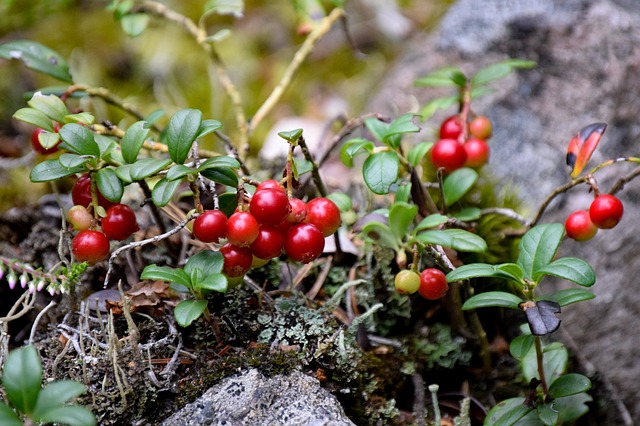Swedish Meatballs | A National Dish of Sweden Enjoyed with Jam

Meatballs, highly popular as a side dish in Japanese lunch boxes, are a favorite among children and adults alike. Their sweet sauce pairs wonderfully with rice. In fact, meatballs are also one of the representative national dishes of Sweden.
In this article, I will introduce the unique features of the Swedish-style meatball, a national dish that helps people get through the harsh Nordic winters.
Meatballs are a taste of home in Sweden
In Sweden, meatballs are called “köttbullar” and are just as popular as they are in Japan as a lunch box side dish. They are a quintessential Swedish home-cooked meal and are even sold as frozen foods due to their widespread popularity.
The method of making meatballs is similar to that in Japan: ground beef or pork is mixed with eggs, onions, breadcrumbs, and a small amount of spices, shaped into round balls, and cooked in a buttered frying pan. However, the sauce and presentation differ slightly between the Swedish and Japanese versions. In Japan, tomato ketchup and soy sauce-based Chinese-style sauce thickened with potato starch are famous, while in Sweden, cream sauce or brown sauce is used.
The pan’s leftover meat juices are combined with fresh cream to create a creamy white sauce, which is then poured over the meatballs. In Sweden, mashed potatoes are also a standard accompaniment. Potatoes have long been eaten like a staple food in Nordic countries due to their high yields and ease of storage, making them a perfect vegetable side dish in Sweden.
What is lingonberry jam?

In addition to cream sauce and mashed potatoes, lingonberry jam is an indispensable part of enjoying meatballs in Sweden. Lingonberries, known as kokemomo in Japan, are a type of berry with beautiful red fruit. Lingonberries are characterized by their strong cold resistance, even growing in extremely cold areas.
In cold regions such as Scandinavia, Northern Europe, and other Nordic countries, lingonberries have traditionally been used as a food ingredient in jams, juices, and as a meat dish accompaniment. Lingonberries are highly nutritious, containing abundant polyphenols and vitamins, making them a superfood.
They also have a refreshing sweet and sour taste, which complements meatballs well, as the jam helps to neutralize the fattiness of the meat. Although jam is not commonly served with meat dishes in Japan, it is a standard accompaniment in Western countries, including Scandinavia.

Meatballs were introduced to Sweden from Turkey
While meatballs are a representative national dish of Sweden, it is believed that they were originally introduced to the country in the 18th century from the Ottoman Empire. Around 300 years ago, in 1715, the Swedish king at the time, Charles XII, brought back a dish from his expedition to the Ottoman Empire, which is now considered the origin of modern meatballs.
The dish Charles XII encountered in the Ottoman Empire was “köfte,” a meat dish still eaten in Turkish cuisine today. Köfte is made by mixing ground beef or lamb with spices and onions, shaping it into balls, and heating it, similar to a hamburger in Japan.
This theory that the Turkish dish köfte is the origin of Swedish meatballs was announced on the Swedish government’s official Twitter account in April 2018. The revelation was shocking to the Swedish people and generated quite a response at the time.
Conclusion
Swedish meatballs, a representative national dish of Sweden, offer a slightly different taste experience when enjoyed with lingonberry jam and a creamy white sauce compared to their Japanese counterparts.
Swedish meatballs are available for purchase at IKEA stores.




